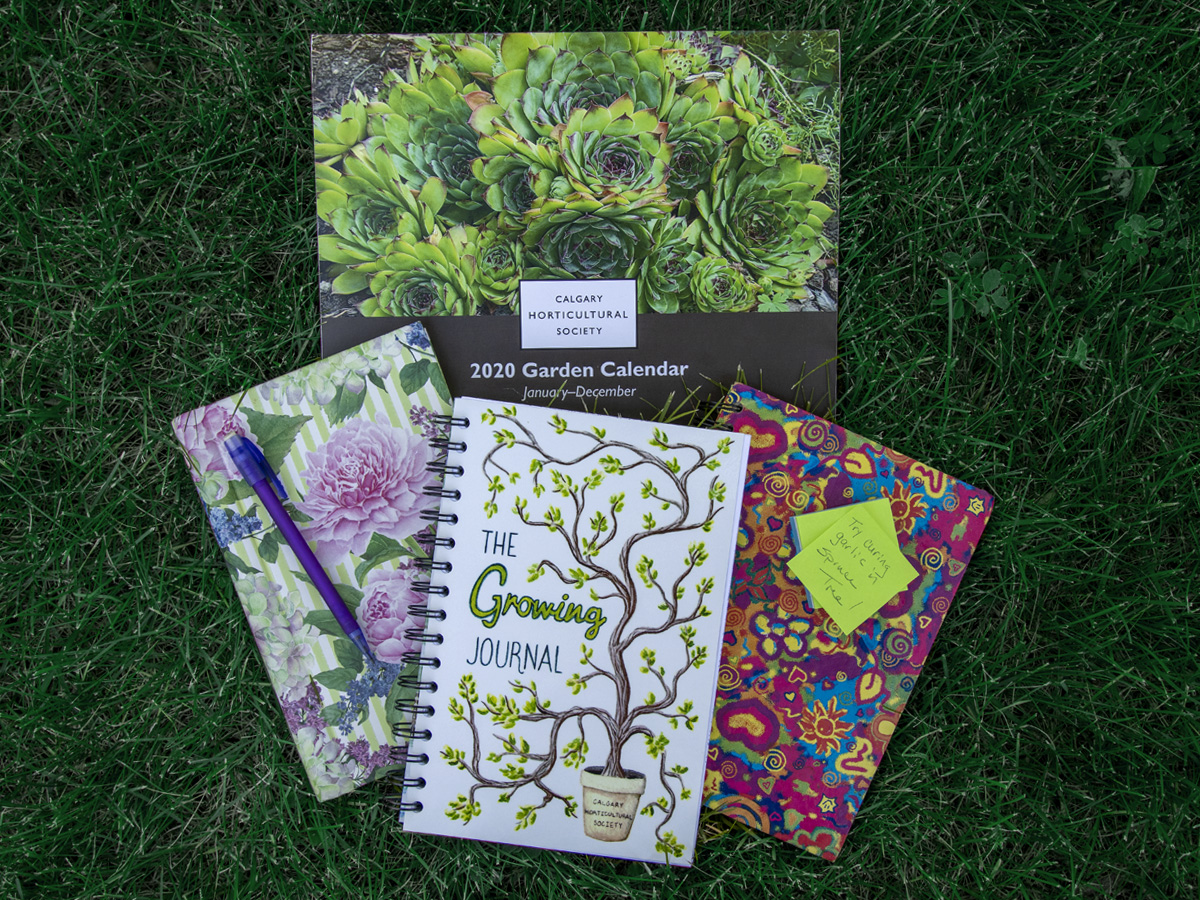Knowing the past, planning the future

Photo by Deborah Maier
Why keep a garden journal?
For the past couple of springs, I have heard gardeners’ comment about the late starts of perennials. However, when I look at pictures that I’ve captured of noteworthy plants this year and last, they are emerging from winter dormancy about the same time.
It’s apparent, we really can’t rely on our memories to know what happened a year ago.
A garden journal, like any other journal, is a tool to capture one’s activities and thoughts. However, unlike a diary with a primary purpose of capturing a moment in time (and allowing the reader to revisit the past), the purpose of the garden journal is planning for the future.
You cannot expect change if you do the same things every year. To get a different result, something needs to be done differently, but which thing?
Recording what you’re doing can help you decide what to do differently.
The more important the outcomes of your gardening efforts are to you; the more important journaling should be to you and the more thorough your entries should be.
Like watering a garden, when journaling is done at consistent intervals, as well as when needed, it is most effective.
There are many ways to journal. The right way is the one that gets you to note what you’re doing and lets you revisit the notes when you are ready to work on your garden plan.
I use a combination of photos captured on my phone, some of them marked up with drawing tools and saved back to pictures, and pencil notation in a hard-covered, spiral-bound, ruled notebook.
The photos capture a snapshot of the garden and are a tool that I’m always carrying. The notebook captures the details, comments, and ideas for the future. The phone isn’t used for everything, as wet and dirty fingers are not compatible with digital devices (also, for me, typing notes on a phone keyboard is not as quick as writing them). I like to use a pencil as graphite doesn’t smudge or smear when wet. The ruled pages help keep a scale to my sketching and alignment to my scrawls.
A hardcover that can be flipped to the back makes a book easier to hold and provides a firm writing surface. These are features that I find helpful, especially in the spring, when I’m planting in a rush and trying to capture the basics of what I’m doing in the garden.
Why write about journaling in August when most of the gardening activities that should have been recorded happened in the spring? August is the perfect time to reflect on what’s happened in the garden.
It’s usually at the maintenance stage—a time when walking around and checking on the garden’s progress is encouraged. It will be obvious if something did not perform as expected. You likely can remember what you did in the past couple of months well enough to make decisions about what you could do next year to improve the outcome.
Since my notes tend to be a little haphazard, I also like to keep the tags from my plants, so I know for certain the specifics of the ones I have purchased.
Whenever possible, I photograph the plant with its tag after it’s planted. That way I know which plant and tag go together and where the plant is in the garden.
I was able to purchase a box of plastic-sleeved, mini photo albums on clearance a while ago. I mark the tags with the year purchased and tuck them in the sleeve for a quick, easy to see, record.
A lot of journaling advice recommends capturing frost dates, the weather, and pests. At the end of the season, I may make overview notes about the weather and pests and how they may have impacted the garden, but my journalling focuses on the things that I do, as these are things that I can change.
The final piece of the journalling puzzle is finding the record when it’s needed. I’m sure we’ve all experienced deciding to store something in a “new” great place and then not remembering where that was. Time-sensitive notes get pencilled in on my kitchen wall calendar. Yes, I still use one of those! I like the look and visual reminder.
I also can add a sticky note to the back for something I want to do next year. When I got this year’s calendar, I moved a sticky note to August that says, “try to cure the garlic in the spruce tree”. I should be able to let you know how that worked out in October.
Notes on the calendar, notes in an electronic or paper journal, photos on a phone—these are simple ways to keep a record of what’s happening in the garden.
They are truly of value when reviewed and use to create next year’s plan. Let’s use journaling, even journaling started in August, to build on this year’s efforts to make next year’s garden the best yet!
To learn more about gardening visit calhort.org, the Society’s website — Come Grow With Us!
